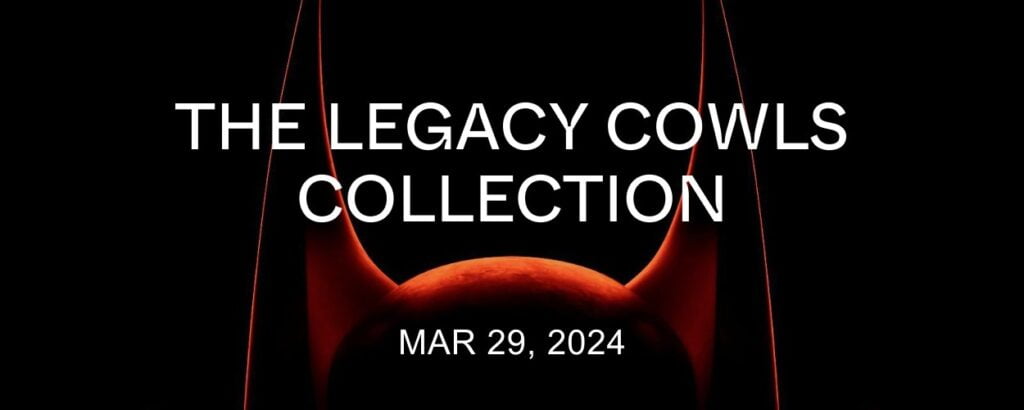
2018-11-15 22:31 |
To the uninitiated, blockchain and art are two different worlds. But just as technologists have learned to be creative in their thinking, so creative thinkers have learned to be tech-savvy in their actions. As anyone who has seen Ocean’s 11 will attest, thieves can be some of the most creative pros in the world.
Distributed ledger technology (DLT) combines these disparate worlds to solve an age-old problem: finding the artistic fakes and the thieves, and proving creative authenticity through technology.
It’s a huge problem that has persisted for centuries, one that’s affected masters such as Picasso, da Vinci, and Van Gogh.
These stats may surprise you.
More than 9 in 10 antiquities for sale on eBay are suspected to be fake.
In the U.K., more than $480 million in artwork is stolen each year. Ninety percent (90%) of museum thefts involve an insider (making criminal prosecution difficult). Nearly 100,000 pieces stolen by the Nazis during World War II are still missing, according to research firm Havocscope.
Blockchain is made for artSo how does blockchain help artists? By immutably capturing on a shared database the originality and veracity of a masterpiece or rare collectible.
Tracking these prized items and securing their records creates a chain of custody that documents the sequence of control, ownership and transfer of the pieces. That includes recording an artwork’s history such as timestamps of key events: auctions, prices, shipment and other verified information without necessarily disclosing sensitive info, such as identities of (millionaire or billionaire) owners.
Blockchain builds trust and instills confidence in stakeholders in an industry whose participants face the continuing risk of theft, forgery, and unauthorized copies of high-priced masterpieces or scarce collectibles.
That’s exactly what New York-based Artory is providing for the world’s leading art collectors and auction houses. This week, the blockchain-powered company recorded a $318 million auction in New York on The Artory Registry which stores key information on a digital ledger and issues (anonymous) ownership certificates along with other digital signatures that protect investors, brokers and creators themselves.
“The sale … marked the first time an art auction at this price level has been recorded on a blockchain, via a secure digital registry administered by Artory,” leading auction house Christie’s announced on Nov. 13.
And collectibles aren’t far behindAside from physical artwork and collectibles, blockchain has use cases for Web 3.0 digital works such as CryptoKitties and the hundreds of copycats (pun intended) expected to follow it. The viral sensation is stored on the Ethereum network from which users can care for and breed one-of-a-kind, virtual kittens. Like traditional collectibles, CryptoKitties can be bought and sold.
It’s reasonable to expect similar concepts in the future, from virtual superheroes to digital athletes to sexy, bikini-clad personas that users can develop on blockchain and sell for profit. These avatars represent the future idolatry of the young crowd — as their minds are wrapped around electronic realities.
Digital scarcity therefore is an emerging business opportunity for operators who are able to leverage blockchain tech and guarantee an item’s authenticity. The Art Market Report estimates that global art is at least a $40 billion market while the collectibles market is around $200 billion.
Human beings are, like jackdaws, collectors. We pay millions for copies of Superman comics, Mustangs made famous Steve McQueen, and – of course – artworks. Those millions are ill-spent if the items in question are as common as those of us who glory in their genius.
Beyond the world of collecting, the Greek philosopher Aristotle viewed technology as an extension of nature. Blockchain tech is groundbreaking because, just like nature, it gives creators the god-like power to create unique objects or “living” avatars and creatures that can never be forged or copied.
Through nature’s extension, technology, man can bring to life heretofore non-existent personas based on his interpretation of what the universe should be.
And now, they’re patentable.
The author holds digital assets but none mentioned in this article.
The post When Forgery Is Unthinkable: Blockchain And The $40bn Art Market appeared first on Crypto Briefing.
origin »Maecenas (ART) на Currencies.ru
|
|


